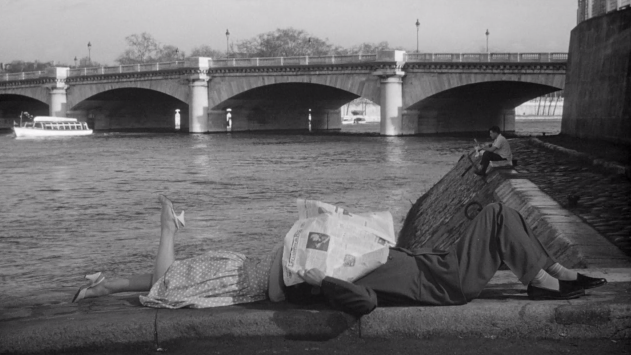A film where humans don't emote for a second longer than needed.
The story itself...Martin is the titular gaucho, who embodies the gaucho way to its core. After his father died, he was taken in and raised by the father of Miguel, a more educated gaucho who has embraced the Europeanization of Argentine society. The film opens with Martin and Miguel's seeming reunion, but quickly picks up Martin's story once he kills a man while dueling at Miguel's party (for his friend's honor no less). Miguel arranges for Martin to join the army as a way out of jail, gently pushing for Martin to accept the inevitability of social change in Argentina and to give up his antiquated gaucho code. Martin is naturally resistant, but finds a different variation of anti-gauchoism in Major Salinas, his commanding officer, who wants to take Martin's gaucho instincts but refashion them into those of a disciplined soldier. This is equally unappealing, so Martin deserts, seeking out the supposed gauchos who exist in the mountains, but actually running into Teresa, a wealthy friend of Miguel's who has been taken by an Indian while out riding. Martin saves Teresa and the a romance quietly begins to ensue. Nonetheless, Martin brings Teresa back home, where the army is somehow waiting for him. Salinas doesn't execute him, but continues with his goal to break down his wild spirit, now through more torturous means. Martin escapes yet again, leaving Salinas with one arm as a parting gift, and decides to take the name Valverde as the leader of a new band of gauchos committed to defending their land from development.
Much more happens, but an extended explanation seems not worthwhile frankly. Like in other Tourneur films, a character is possessed. Martin's obsession with his gaucho identity propels him on an almost solipsistic quest to reclaim the fading past of Argentina. In the vein of the cangaceiros of Antonio Das Mortes, the gaucho is a practically transcendent force that exists outside the ecosystem of so-called development.
The fatalism here seems displaced, falling much more on those who try to subvert Martin's mission than Martin himself. Take the early party scene, where he jumps into the duel almost absurdly undeterred by all the politicians and police officers surrounding him. Or when Martin is compelled to confess his sins so the priest will marry him and Teresa, only to immediately kill a passing soldier who has become suspicious. Doom appears to converge onto Martin at every turn in the story, especially when he tries to (re)unite with Teresa, but it is rarely successful and actually seems to hang more over the head of someone like Salinas.
After reading Chris Fujiwara's chapter on the film in his excellent Jacques Tourneur: The Cinema of Nightfall, I am rather unsure how to read the ending. Fujiwara reads the ending as the culmination what he saw throughout the film- an emphasis on the futility of the gaucho way. He argues that Martin gives himself up, his surrender seemingly resolute and signifying his willingness to embrace a civilized life with Teresa and child. I don't know. The film consciously ends with Martin marching past Salinas to get married, rather than surrender itself. Again, if anything Salinas is the one looking disappointed or defeated. It felt to me like an inverse of the near ending of Ozu's The End of Summer, where Setsuko Hara's boss smiles and looks out his window, saying something to the effect of "Isn't Tokyo beautiful?" Ozu cuts to the tiny street he's looking at and then the reverse shot as if someone were on the sidewalk looking up at the office's tiny window among many identical tiny windows in its building. What is this world we live in? it seems to ask.
















































